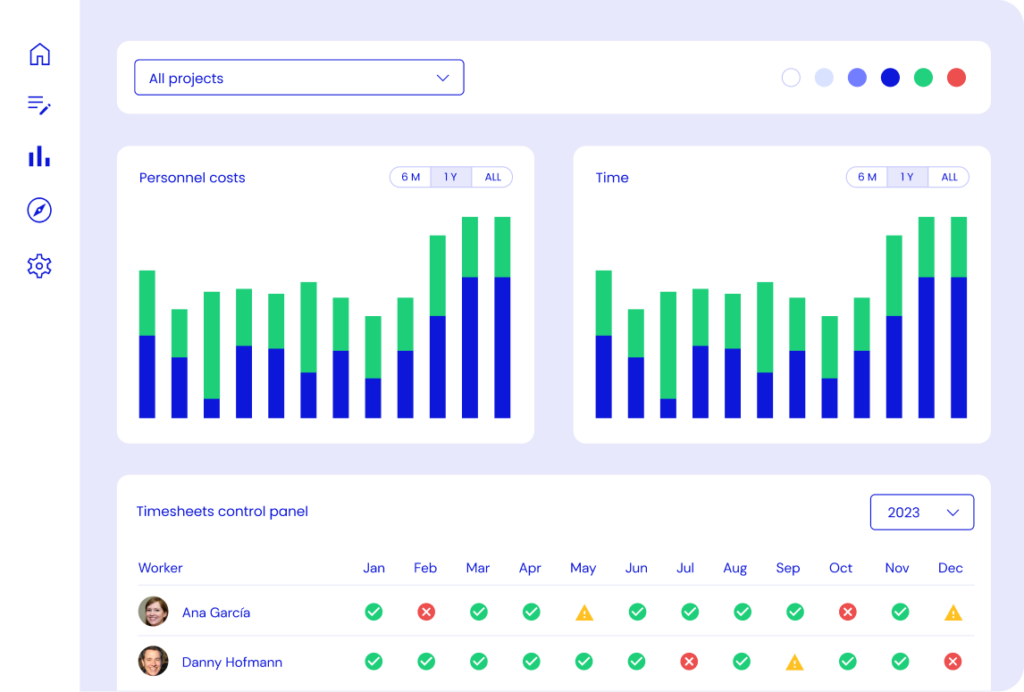Why Is Understanding Article 6 Crucial for EU Funding Success?
Navigating the complexities of EU funding requires a deep understanding of the guidelines and regulations set forth in the Annotated Model Grant Agreement (AGA). Article 6, in particular, plays a pivotal role as it outlines the eligibility criteria for costs, providing a foundational framework for organizations to manage their financial activities in compliance with EU standards.
What Makes Costs Eligible Under Article 6?
Eligibility of costs under EU funding is not a straightforward checklist. Article 6 delineates the conditions under which costs incurred during a project can be considered eligible for funding. These conditions emphasize the necessity of costs being directly connected to the project, verifiable, and compliant with both the beneficiary’s accounting principles and applicable national laws. Understanding these nuances is key to ensuring that every euro spent can potentially be reimbursed by the EU.
- Direct Connection to the Project: Costs must be directly related to the execution of the project and crucial for its implementation.
- Verifiability and Compliance: All costs must be supported by clear, auditable records and adhere to the beneficiary’s standard accounting practices.
- Necessity and Reasonableness: Expenditures should be necessary for the project and remain within reasonable limits, reflecting sound economic judgment.
How Can Organizations Ensure Compliance with Article 6?
Ensuring compliance involves meticulous planning and documentation. Organizations should:
- Implement robust financial tracking systems that align with EU requirements.
- Train staff on the specifics of EU funding guidelines, emphasizing the importance of eligible costs.
- Regularly review financial activities against the project’s objectives and EU regulations to identify and rectify potential issues early.
Common Pitfalls to Avoid
Organizations often stumble over a few common pitfalls when managing EU-funded projects:
- Overlooking Indirect Costs: Not fully accounting for or misclassifying indirect costs can lead to inaccuracies in funding claims.
- Inadequate Documentation: Failing to maintain comprehensive records of all transactions and decisions related to the project jeopardizes eligibility for reimbursement.
- Misinterpretation of Eligibility Criteria: Misunderstanding the nuances of what costs are considered directly connected to the project and necessary can lead to ineligible expenses.
Best Practices for Navigating Funding Complexities
To effectively navigate the complexities of EU funding, organizations should adopt several best practices:
- Early Planning: Engage in thorough project planning, ensuring a clear understanding of the budgetary implications and compliance requirements from the outset.
- Continuous Learning: Stay informed about changes in EU funding guidelines and adapt processes accordingly.
- Proactive Engagement: Utilize the support and guidance offered by EU funding bodies and seek clarification on eligibility criteria when in doubt.
Transforming EU Funding Challenges into Strategic Advantages
Navigating the complexities of Article 6 and EU funding guidelines presents a significant opportunity for organizations to optimize their grant management processes. By embracing these challenges with informed strategies and compliance-focused practices, companies can leverage EU funding to drive their projects forward effectively.
For those looking to further streamline this process and ensure the highest standards of compliance and efficiency, Kronis.app offers tailored solutions. Explore how Kronis can enhance your organization’s ability to manage EU-funded projects successfully by visiting our website and taking the first step towards transforming funding complexities into your strategic advantage.


